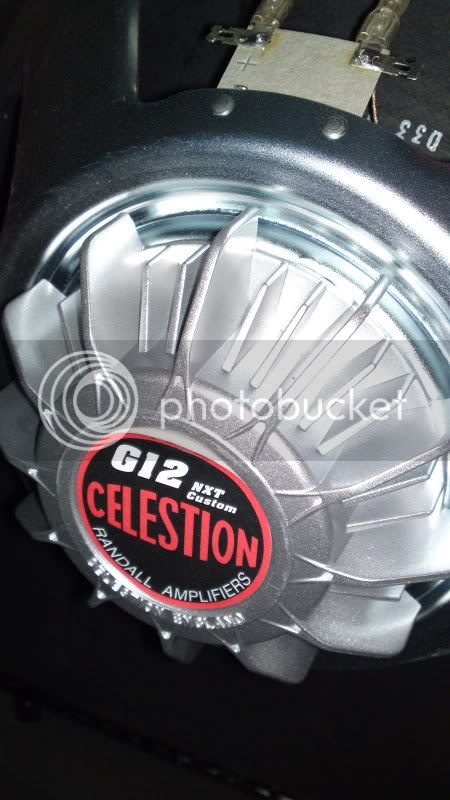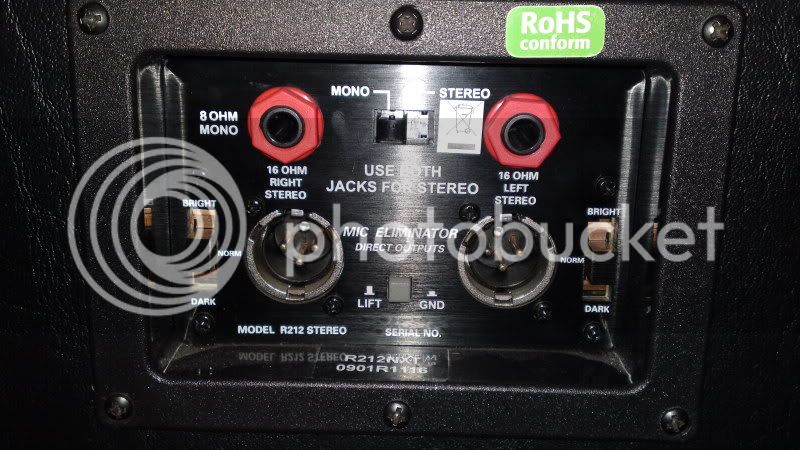Slashpepper
Well-known member
- Joined
- Jul 15, 2011
- Messages
- 67
- Reaction score
- 0
Just to keep everyone annoyed with my updates... I can't even get the back off... it's one of the MTS R212NXT's. How on earth do you remove the top 1/3rd? It's like it's glued in, let alone the rest of it. Can't get anything out to see what's going on inside.
Words cannot express my annoyance. Anyone help at all?
Words cannot express my annoyance. Anyone help at all?






















